The Char Dham Yatra is one of the most sacred spiritual journeys in India, located in the state of Uttarakhand in the Himalayas. The term “Char Dham” refers to four holy shrines—Badrinath, Kedarnath, Gangotri, and Yamunotri. Each site is dedicated to a different deity and is deeply significant in Hindu tradition. Char Dham Yatra (Badrinath, Kedarnath, Gangotri, Yamunotri)
- Badrinath is devoted to Lord Vishnu.
- Kedarnath is a revered shrine of Lord Shiva.
- Gangotri marks the origin of the sacred River Ganga.
- Yamunotri is associated with Goddess Yamuna.
Pilgrims believe that visiting these four shrines washes away sins and opens the path to spiritual liberation. Apart from religious value, the journey is a blend of breathtaking Himalayan landscapes, trekking routes, glaciers, and rivers.
Best Time to Visit
The Char Dham shrines open in late April or May and remain accessible until October or early November. They remain closed during winter due to heavy snowfall.
- May to June: Ideal weather with clear skies and accessible trekking paths.
- July to September: Monsoon season brings landslides and heavy rains, making travel risky.
- September to October: Pleasant weather, fewer crowds, and safe for trekking.
The most recommended time for international visitors is May to June or September to October.
How to Reach Char Dham
The Char Dham Yatra usually begins from Haridwar or Rishikesh. From there, pilgrims travel to each shrine by road, trek, or helicopter services.
- By Air:
- The nearest airport is Jolly Grant Airport, Dehradun (around 220 km from Gangotri and Yamunotri base points).
- By Train:
- Major railway stations are Haridwar, Rishikesh, and Dehradun.
- By Road:
- Well-connected highways link Haridwar and Rishikesh to the shrine base camps. State-run buses, private taxis, and jeeps are available.
- On Foot / Trek:
- Kedarnath requires a 16 km trek from Gaurikund.
- Yamunotri requires a 5–6 km trek from Janki Chatti.
- Badrinath and Gangotri are accessible by road with short walks.
Entry Fees and Permits
- Entry Fee: There is no specific entry fee for visiting Char Dham shrines.
- Registration: Pilgrims must complete biometric registration, available online or at counters in Haridwar, Rishikesh, and shrine entry points.
- Permits: Trekkers may require permits in certain restricted areas of Uttarakhand.
- Helicopter Services: Charges vary by operator and distance, usually ranging from INR 3,000 to 8,000 (approximate).
(Fees and policies are subject to change depending on state regulations.)
Food Availability and Meal Options
Food during the Char Dham Yatra is simple and mostly vegetarian, following religious traditions.
- Local eateries (dhabas) serve rice, lentils, roti, and seasonal vegetables.
- Pilgrimage towns like Badrinath and Kedarnath have small restaurants serving North Indian and Garhwali cuisine.
- Packaged food, biscuits, and fruits are available en route.
- During treks, tea stalls and food tents offer light snacks and hot beverages.
Carrying dry fruits, energy bars, and water bottles is highly recommended for treks.
Packing List and Essentials
A carefully prepared packing list is crucial due to the high altitude and unpredictable Himalayan weather:
- Warm clothing (jackets, sweaters, thermals).
- Waterproof raincoat or poncho.
- Comfortable trekking shoes and extra socks.
- Gloves, woolen caps, and scarves.
- Sunglasses and sunscreen to protect from UV rays.
- Personal medications and a small first aid kit.
- Trekking poles for Kedarnath and Yamunotri routes.
- ID proof and registration documents.
- Refillable water bottle and dry snacks. Char Dham Yatra (Badrinath, Kedarnath, Gangotri, Yamunotri)
Safety Tips and Local Regulations
Safety is essential during the Char Dham Yatra due to its high-altitude terrain:
- Acclimatize properly before starting treks to avoid altitude sickness.
- Stay hydrated and take breaks during long walks.
- Avoid travel during peak monsoon due to landslides.
- Always follow instructions from local guides and authorities.
- Carry only essentials during treks to avoid fatigue.
- Do not litter; respect the fragile Himalayan ecosystem.
- Mobile connectivity is limited; inform family about your plans in advance.
Tips for Beginners or First-Time Visitors
- Plan a minimum of 10–12 days to cover all four shrines comfortably.
- Consider starting with Yamunotri and Gangotri, followed by Kedarnath and Badrinath, as per traditional order.
- Book accommodation and travel arrangements early during peak season.
- Carry cash, as ATMs may not be available in remote areas.
- Helicopter services are an option for elderly travelers or those with limited time.
- Physical fitness and prior walking practice will make treks easier.
Local Customs and Cultural Etiquette
The Char Dham Yatra is deeply sacred, and respecting local traditions is vital:
- Dress modestly, especially inside temples.
- Remove shoes before entering shrines.
- Photography may be restricted inside temple premises.
- Respect ongoing rituals and avoid disturbing pilgrims during prayers.
- Consumption of alcohol, tobacco, and non-vegetarian food is strictly prohibited near temple areas.
- Offerings like flowers and prasad are common, but avoid using plastic items.
Frequently Asked Questions (FAQs)
1. How many days does the Char Dham Yatra take?
Typically, it takes 10–12 days to complete all four shrines by road and trekking.
2. What is the altitude of the Char Dham shrines?
- Badrinath: 3,133 meters
- Kedarnath: 3,583 meters
- Gangotri: 3,100 meters
- Yamunotri: 3,293 meters
3. Is the Char Dham Yatra difficult?
Moderate difficulty. Kedarnath and Yamunotri treks require stamina, while Badrinath and Gangotri are accessible by road. Char Dham Yatra (Badrinath, Kedarnath, Gangotri, Yamunotri)
4. Are restrooms available during the yatra?
Basic facilities are available at major stops, but remote trekking routes have limited access.
5. Can elderly people or children undertake the yatra?
Yes, with proper planning. Helicopter services and ponies are available for difficult routes.
6. What is the best time for international travelers?
May–June and September–October are ideal due to pleasant weather and accessibility.
7. Is prior registration mandatory?
Yes, biometric registration is required for all pilgrims.
8. Are accommodations available near shrines?
Yes, options range from guesthouses and lodges to dharamshalas (pilgrim shelters).
9. What is the significance of the Char Dham Yatra?
It is believed to cleanse the soul and lead toward spiritual liberation.
10. Are trekking guides available?
Yes, local guides and porters are available for Kedarnath and Yamunotri treks.
Conclusion
The Char Dham Yatra is not just a pilgrimage but a journey into the heart of the Himalayas, blending spirituality, culture, and natural beauty. Whether trekking to Kedarnath, soaking in the holy waters at Yamunotri, offering prayers at Gangotri, or experiencing the divine aura of Badrinath, each shrine offers a unique experience. Char Dham Yatra (Badrinath, Kedarnath, Gangotri, Yamunotri)

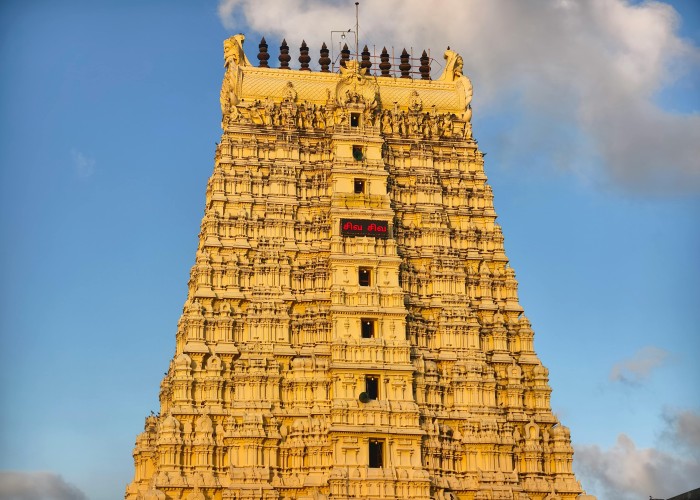
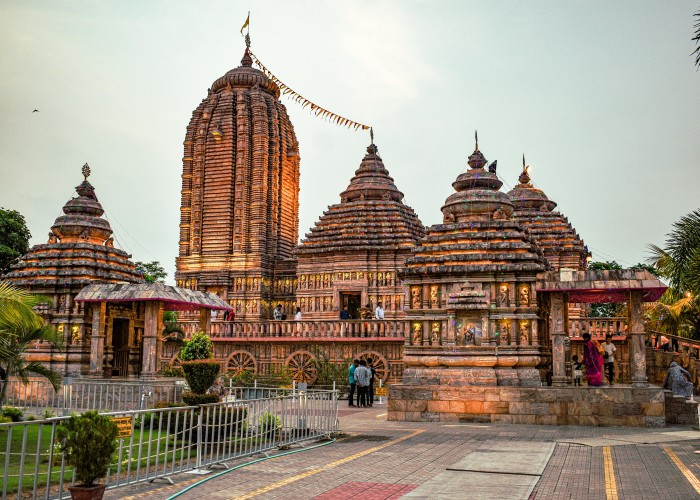
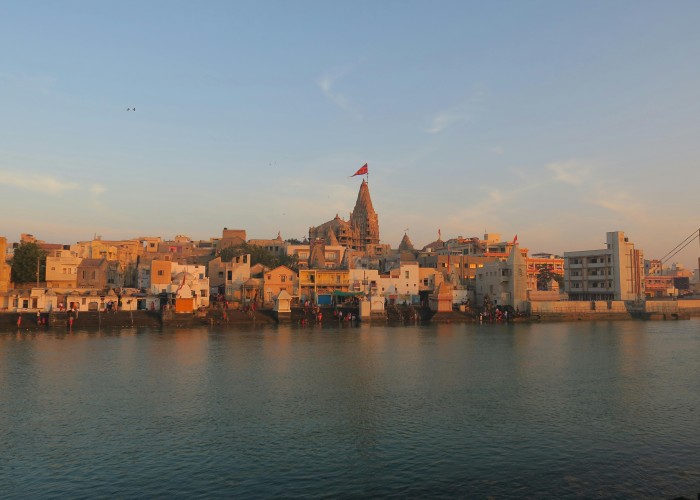
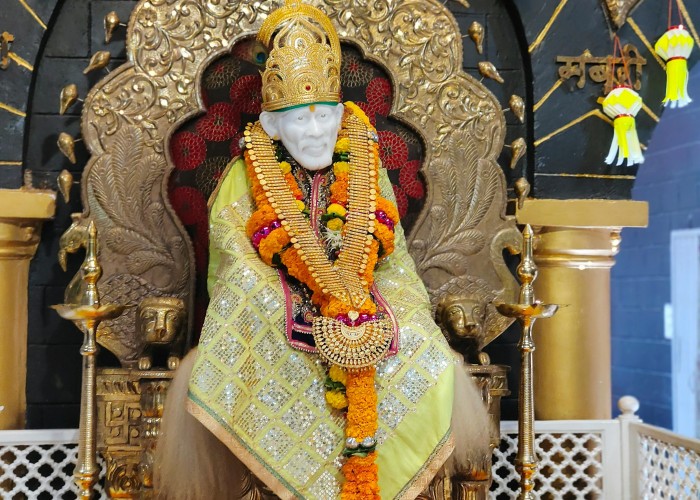
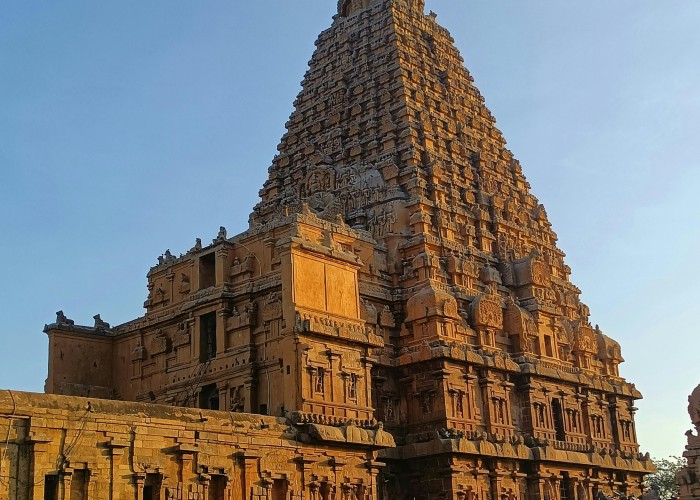
Leave a Reply